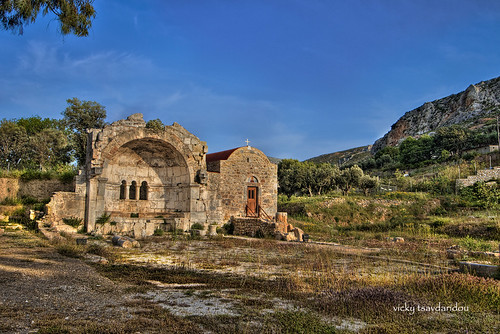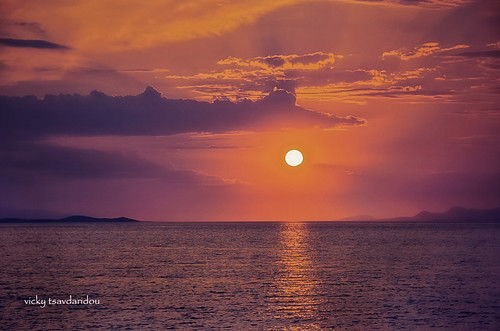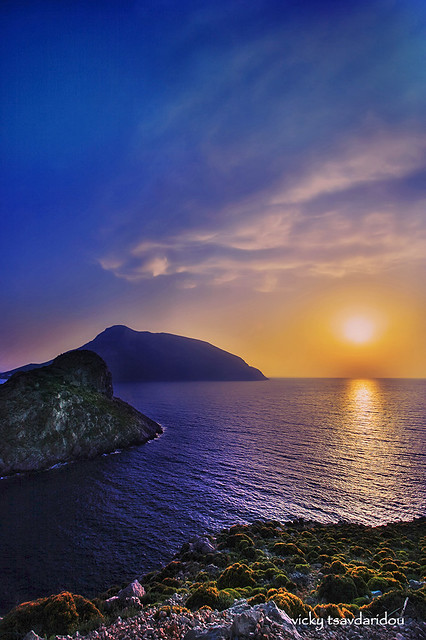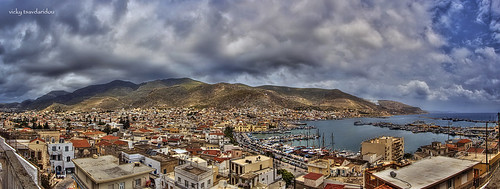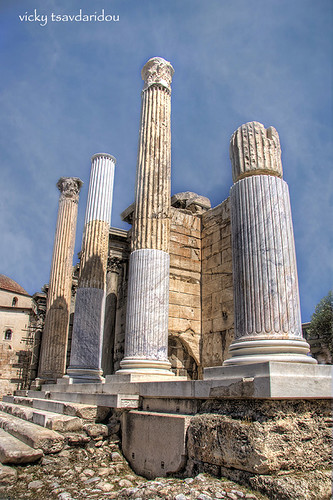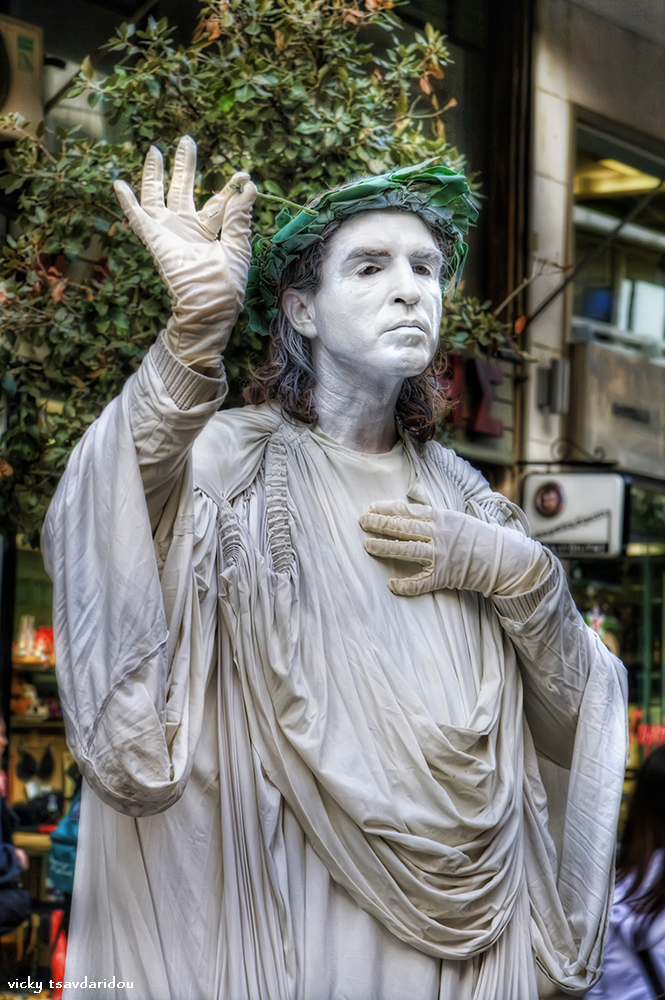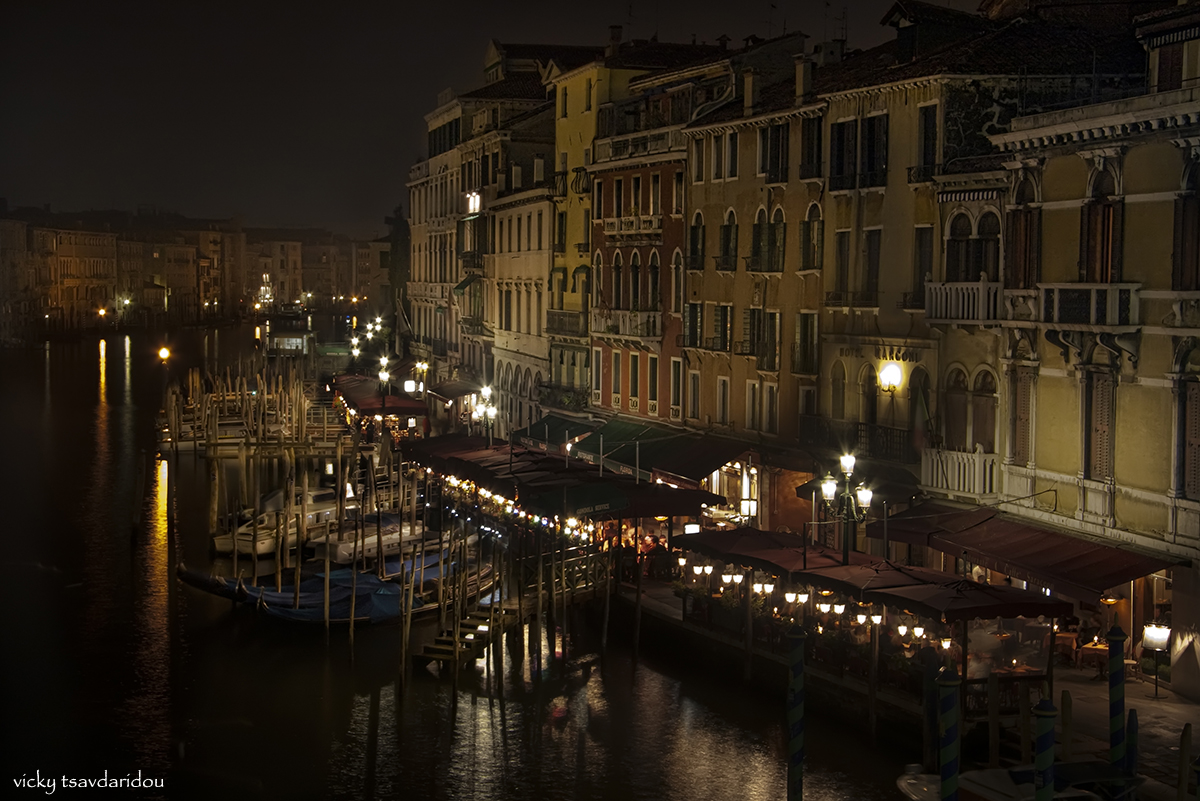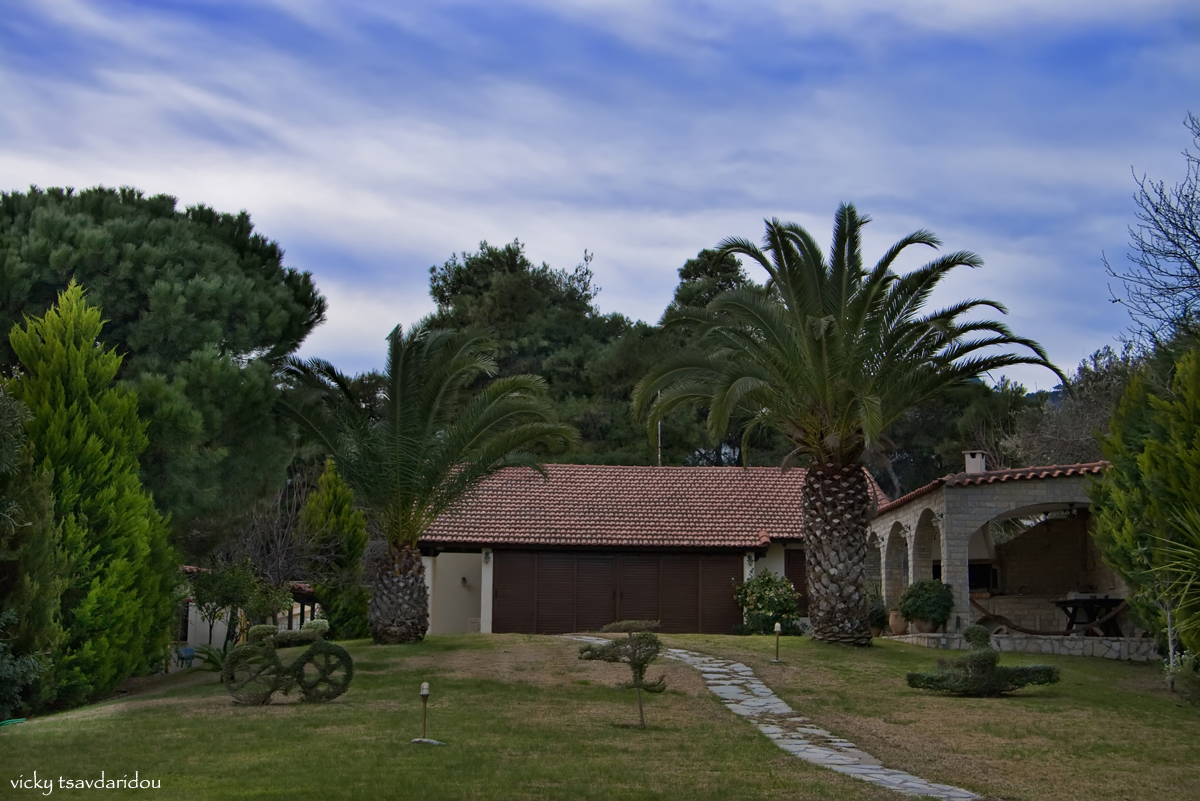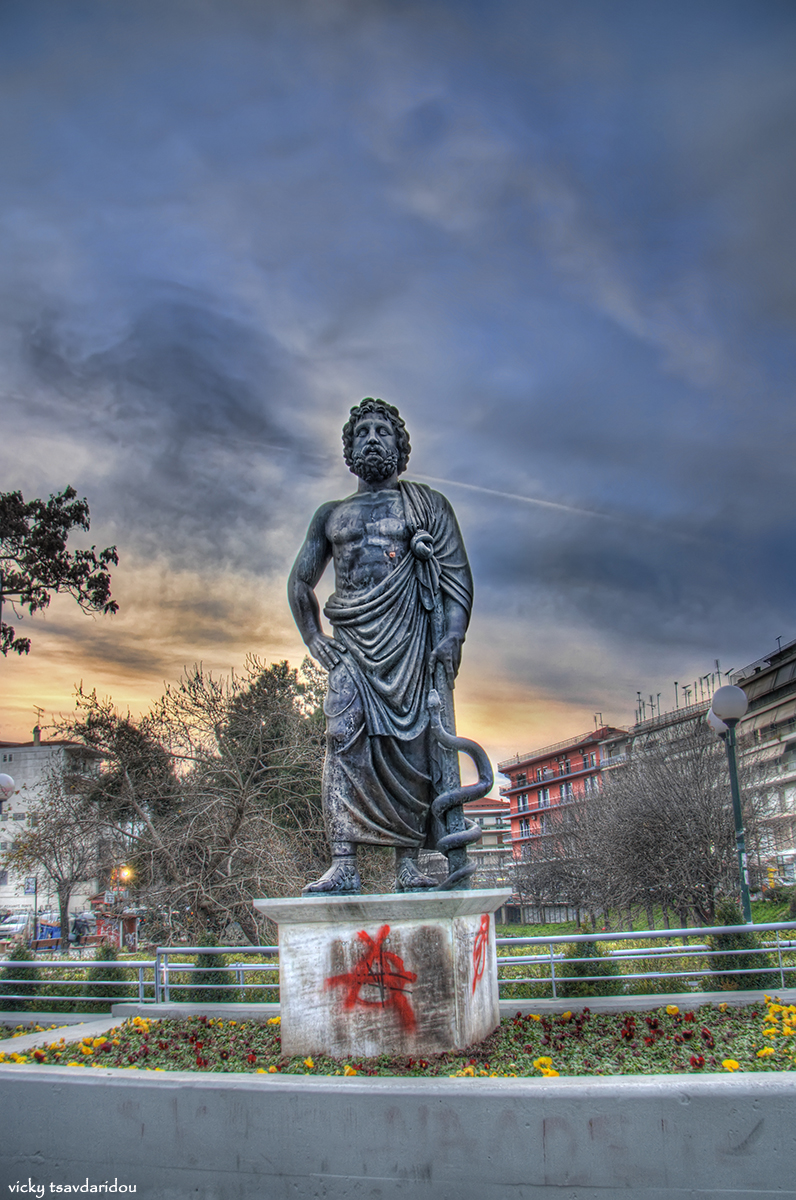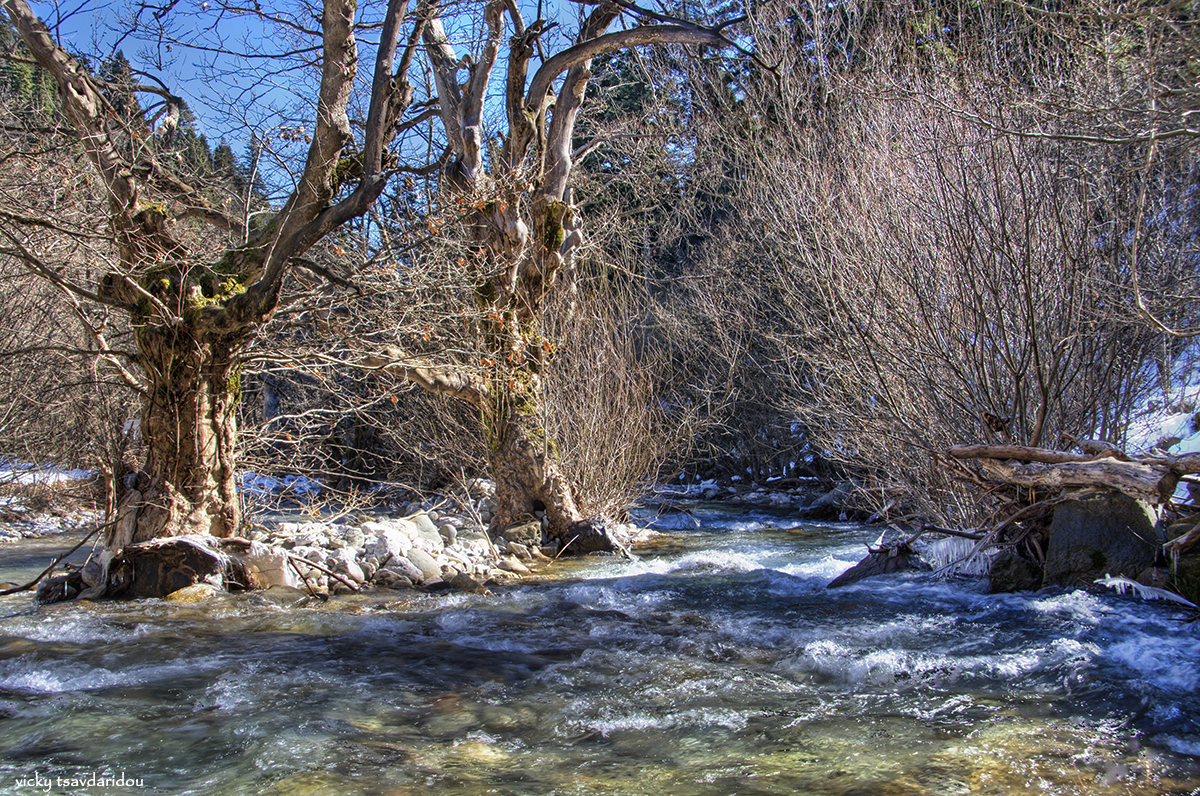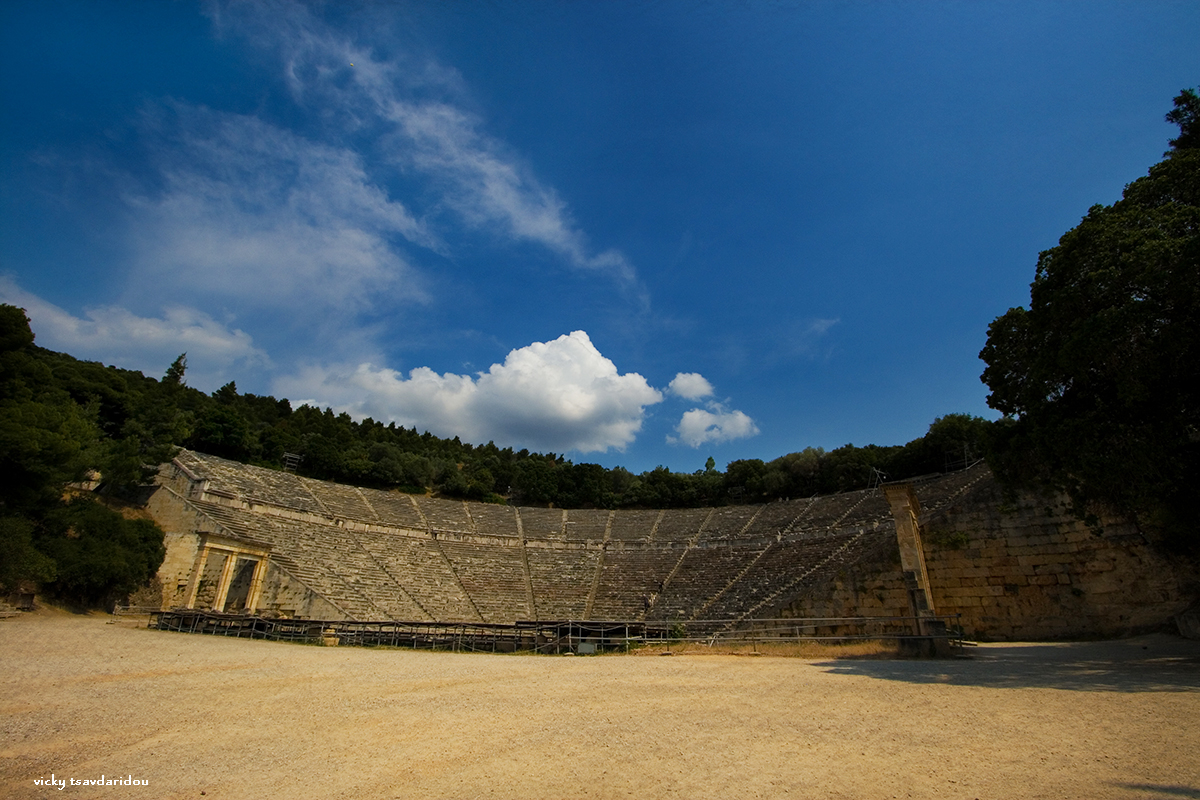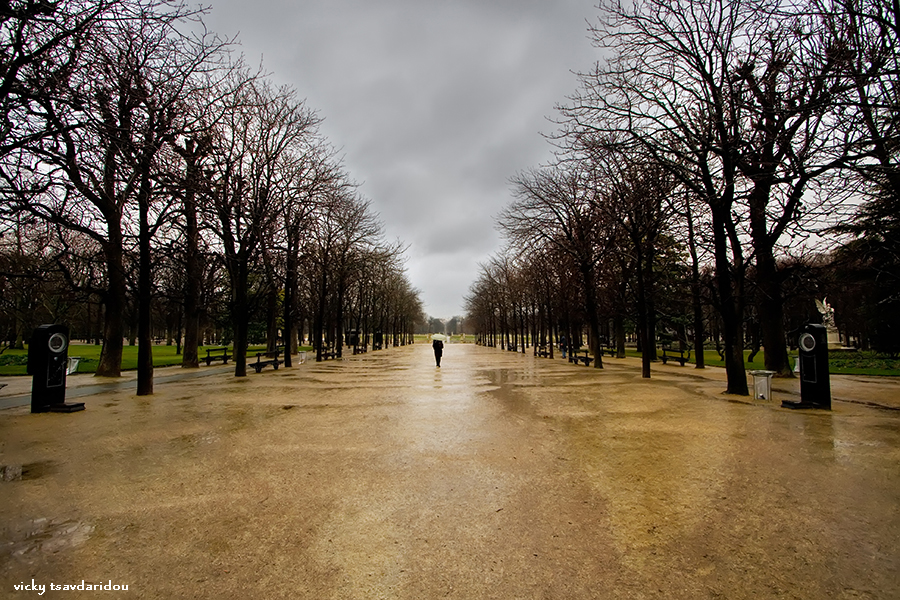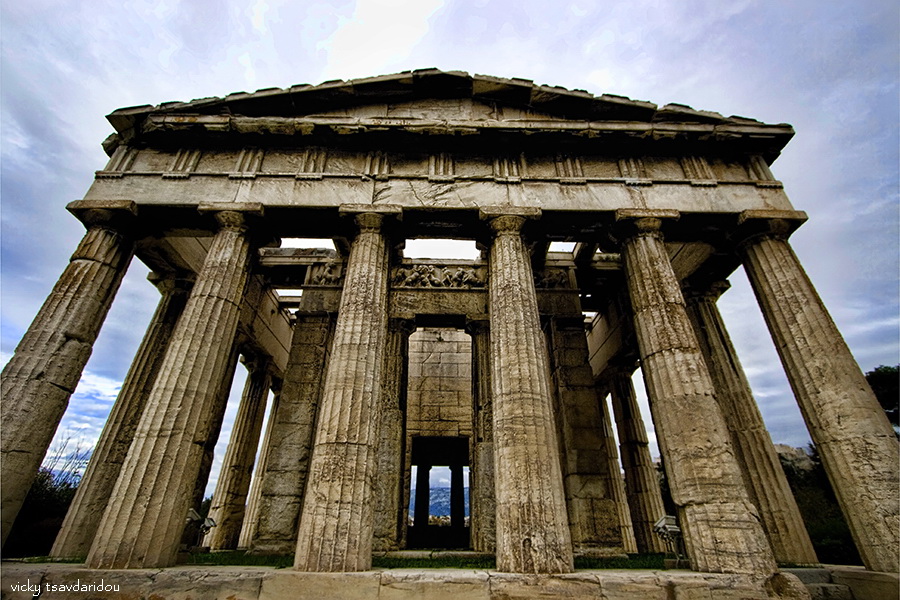Jesus Christ of Jerusalem / Ruins of Temple Dilos Apollo
My world, Outdoor Wednesday, Scenic Sunday
Εμφάνιση αναρτήσεων με ετικέτα MyWorld. Εμφάνιση όλων των αναρτήσεων
Εμφάνιση αναρτήσεων με ετικέτα MyWorld. Εμφάνιση όλων των αναρτήσεων
Sunset ..... Ηλιοβασίλεμα στο Αλεποχώρι
Sunset ..... Ηλιοβασίλεμα στο Αλεποχώρι, a photo by Vicky Tsavdaridou on Flickr.
Sunset
Sunset, a photo by Vicky Tsavdaridou on Flickr.
Camera: Canon 400D, Lens: EF-S 17-85mm f/3.5-4.5 USMTripod: Manfrotto 190 CX PRO 3 Mag Fiber Head: Manfrotto 322RC2, Canon RC1
Exposure: 4 (-4,-2,0,+2 EV)
Aperture: f/8
Focal Length: 17mm
ISO Speed: 100
My Blog, Fluidr, Flickriver
Kalymnos
1st Panorama, a photo by Vicky Tsavdaridou on Flickr.
HDR panorama 1st Camera: Canon 400D, Lens: EF-S 10-22mm f/3.5-4.5 USM
Tripod: Manfrotto 190 CX PRO 3 Mag Fiber Head: Manfrotto 322RC2, Canon RC1
Exposure: 30 exposures=10x3(-2,0,+2 EV)
Aperture: f/8
Focal Length: 10mm
ISO Speed: 100
Initially I created 10 HDR photos in Photomatix. I used Captain's Kimo preset to ensure that all of them will have the same values.
Then I merged these HDR to Photoshop and finally I applied Topaz Adjust Mild color Pop.
Manfrotto 322RC2 is not appropriate for panorama, but it isthe only one that I have. So I had to unscrew the head and take the photos screwing it back οn the horizontal plane. It was very tricky, but I had to try.
My Blog, Fluidr, Flickriver
That's my World, Watery Wednesday, Outdoor Wednesday, Wordless Wednesday, Skywatch Friday, Scenic Sunday
Pollination
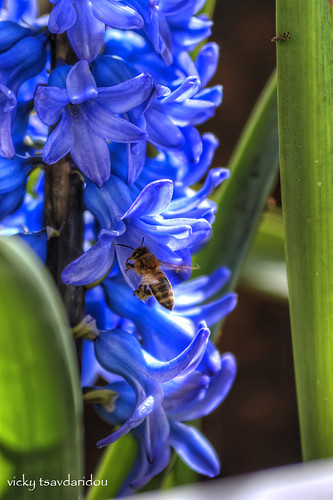
Outdoor Wednesday, Wordless Wednesday, That's my world , TODAY'S FLOWERS
Nea Philadelphia
My world
Located in map
Nea Filadelfeia or Nea Filadelfia (meaning New Philadelphia) is a suburb in the northern part of Athens, Greece. The suburb was settled by Greek refugees from Anatolia (specifically the region around the ancient city of Philadelphia) after the Greco-Turkish War.
The area was made up of farmlands and forests. The forests have been partially saved in the many squares and in the several parks today. In the early to mid-20th century, urban development replaced much of the farmlands. Today, much of the municipality is urbanized while the businesses are along the main roads. Many of the trees are aligned with the streets and in the squares and parks of Nea Filadelfeia. The biggest park to be found is called Alsos Neas Filadelfias, which covers almost 480 square meters of land and hosts many different trees. In the past it used to be a zoo as well as a park.
Asclepius statue
My World
Location on the map
Lens: EF-S 17-85mm
HDR, from 3 exposures (-2,0,+2), Tone mapped in Photomatix, Photoshop
Asclepius statue
Trikala - Thessaly - Greece
Karitsiotis river - Plastiras lake 15/02/2008
Wordless Wednesday
My World
Watery Wednesday
The Karitsiotis River is 13 kilometres in length, and flows into Lake Plastira. Its source in within the Boutsikaki Mountains.
Ποταμός Καριτσιώτης
Ο Καριτσιώτης ποταμός πηγάζει από το Βουτσικάκι και, μετά από διαδρομή 13χλμ., χύνεται στη λίμνη Πλαστήρα. Η ιχθυοπανίδα του αποτελείται από πέστροφες, μπριάνες, ασημόψαρα κ.α. Το περιβάλλον γύρω του πανέμορφο, με πλατάνια, τις ιτιές, και τα έλατα.
Plastiras lake - 9/02/2010
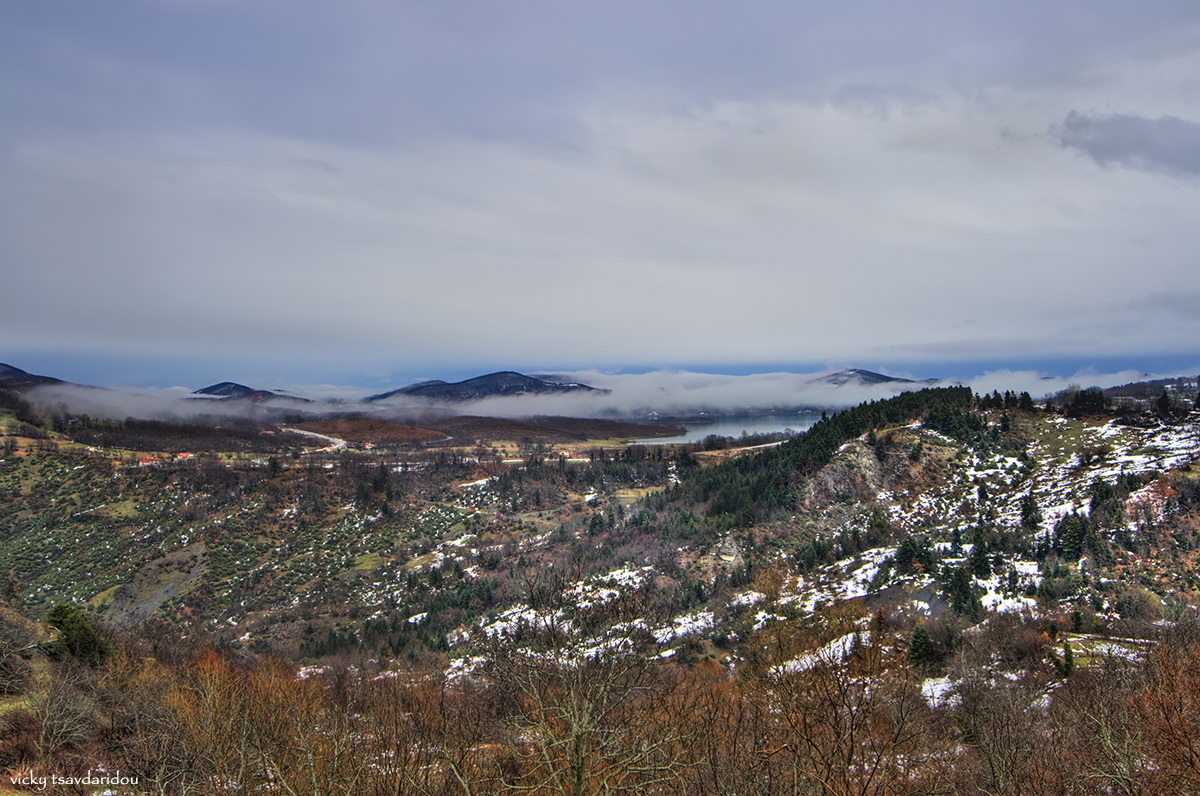
MyWorld
Limni (lake) Plastira is the embellishment of the Karditsa prefecture. It is found in the Plastira Municipality and is 25km West of Karditsa prefecture in altitude 1000m. It was created by the waters of the Megdova river, tributary of Acheloos, and took its name from Nikolao Plastira, a big patriot and visionary of that period. General Nikolaos Plastiras inspired this ambitious project in 1925. Standing at the edge of the river, where lies today the sluice of Megdoba River (Tauropos), he envisioned this area as a huge artificial lake. In 1959, six years after his death, his vision of a beautiful lake came to life, providing with water the thirsty villages of Karditsa and offering electricity of some hundred million kilowatt-hours.
Limni Plastira is one of the bigger artificial lakes in Greece. It constitutes a source of life for the entire of Karditsa. By the lake is drawing all the city of Karditsa and many communities. The water of the lake is reach up on the Larisa 's fields in the summer times. The landscape is magical; the exquisite lake with the deep light blue is surrounded by high and overgrown mountains and thick woods.
The region is considered a "paradise" for the nature-worshippers and offers all the shapes of the alternative tourism like climbing, fishing, walk in the wood, swimming and chase. The unique experience will be reward each visitor, without no doubt.
Limni Plastira is 340 km far from from Athens and 230km from Thessaloniki. After the city of karditsa you will follow the signs and after 25km you will meet the first villages of the lake.
The region is considered a "paradise" for the nature-worshippers and offers all the shapes of the alternative tourism like climbing, fishing, walk in the wood, swimming and chase. The unique experience will be reward each visitor, without no doubt.
Limni Plastira is 340 km far from from Athens and 230km from Thessaloniki. After the city of karditsa you will follow the signs and after 25km you will meet the first villages of the lake.
Epidaurus - 01/02/2010
My World
Wikipedia:
Epidaurus (Modern Greek: Ἐπίδαυρος, Epidavros) was a small city (polis) in ancient Greece, at the Saronic Gulf. The modern town Epidavros (Επίδαυρος), part of the prefecture of Argolis, was built near the ancient site.
The prosperity brought by the Asklepieion enabled Epidauros to construct civic monuments too: the huge theater that delighted Pausanias for its symmetry and beauty, which is used once again for dramatic performances, the ceremonial Hestiatoreion (banqueting hall), baths and a palaestra. The theater was designed by Polykleitos the Younger in the 4th century BC. The original 34 rows were extended in Roman times by another 21 rows. As is usual for Greek theaters (and as opposed to Roman ones), the view on a lush landscape behind the skene is an integral part of the theater itself and is not to be obscured. It seats up to 15,000 people.
The theater is marveled for its exceptional acoustics, which permit almost perfect intelligibility of unamplified spoken word from the proscenium or skene to all 15,000 spectators, regardless of their seating (see Ref., in Greek). Famously, tour guides have their groups scattered in the stands and show them how they can easily hear the sound of a match struck at center-stage. A 2007 study by Nico F. Declercq and Cindy Dekeyser of the Georgia Institute of Technology indicates that the astonishing acoustic properties are either the result of an accident or the product of advanced design: The rows of limestone seats filter out low-frequency sounds, such as the murmur of the crowd, and amplify/reflect high-frequency sounds from the stage.
Hephaestus temple - Ancient Agora
Hephaestus was the patron-god of metal working. Athena Ergane was the patron-goddess of pottery and crafts in general. There were numerous potter shops and metal working factories in the vicinity of the temple, justifying the dedication of the temple to these two deities. The archaeological evidence suggests that there was no previous building located on top of the hill, except for a small sanctuary which was burned when the Persians occupied Athens in 480 BC. The name Theseion or Temple of Theseus, was erroneously attributed to the monument under the assumption it housed the remains of the Athenian hero Theseus, brought back to the city from the island of Skyros by Kimon in 475 BC.
Εγγραφή σε:
Αναρτήσεις (Atom)
